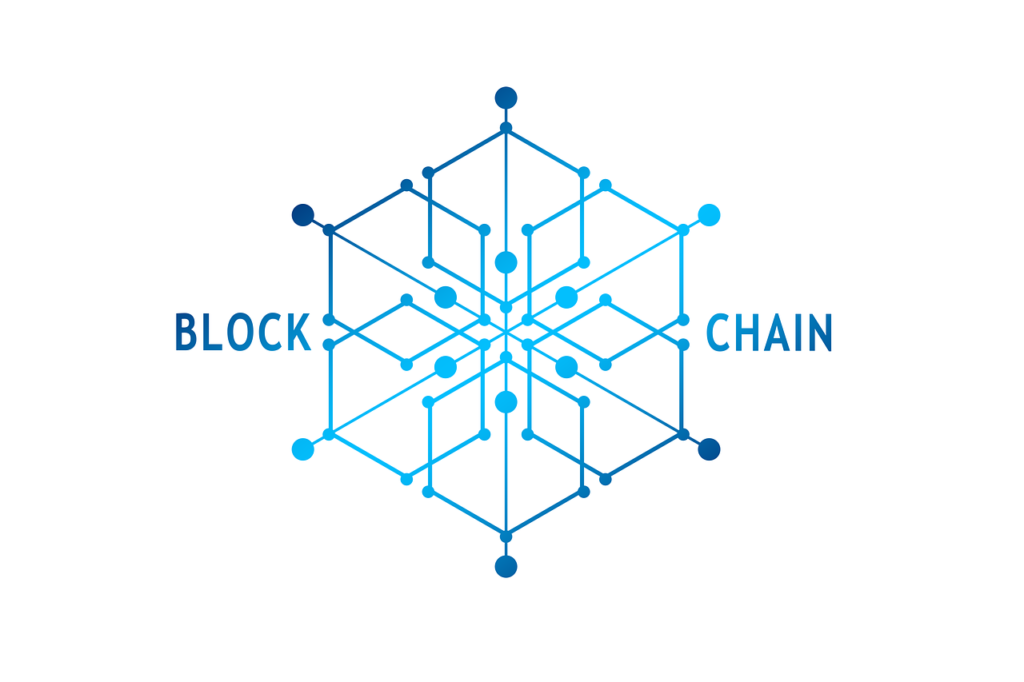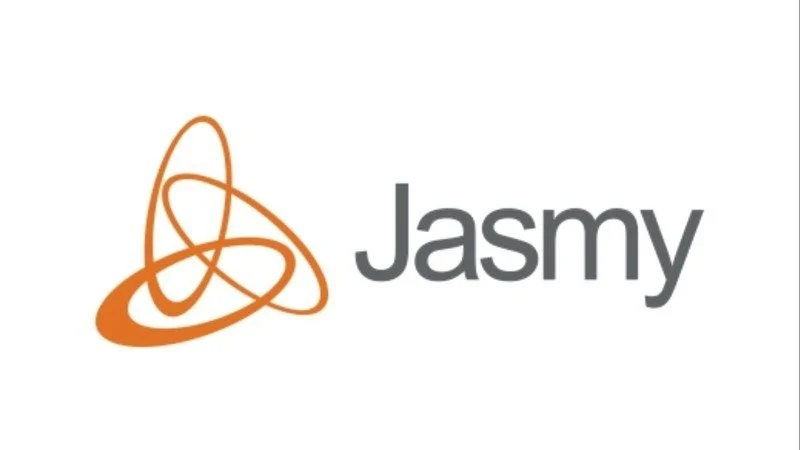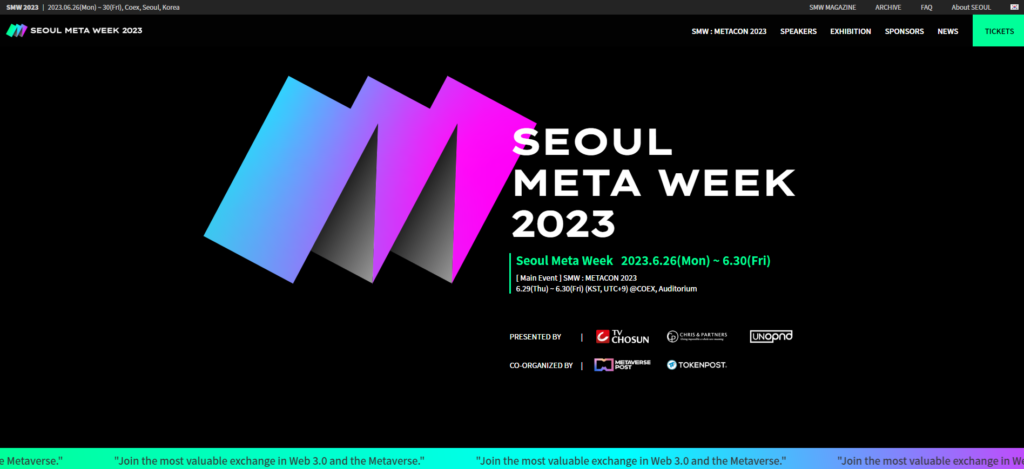Table of Contents
In today’s interconnected world, data plays a crucial role in driving innovation, economic growth, and improved public services. However, striking a balance between facilitating data flows and addressing concerns related to privacy, security, and fair competition presents significant challenges. To tackle these issues, the concept of Data Free Flow with Trust (DFFT) has emerged as a policy framework. DFFT aims to enable the unrestricted movement of data across borders while ensuring trust and protection. By achieving this delicate equilibrium, DFFT unlocks the full potential of data in a globalized world.
In line with DFFT, the integration of blockchain technology offers promising solutions to enhance trust, security, and transparency in data exchanges. Blockchain’s decentralized and tamper-resistant nature provides a secure platform for data sharing. It enables data encryption, distribution, and immutability, ensuring data integrity and minimizing the risk of unauthorized manipulation. Additionally, blockchain’s decentralized network fosters trust among participants by eliminating the need for a central authority.
By incorporating blockchain into DFFT, individuals gain greater control over their data through smart contracts, which define and enforce data sharing preferences. Blockchain’s immutable audit trails enable transparent and verifiable data exchanges, enhancing accountability and compliance with data protection regulations. Furthermore, blockchain promotes interoperability by providing a common platform and data standards, simplifying cross-border data flows.
Principles of DFFT
- Free Flow of Data: DFFT advocates for the unrestricted movement of data across borders, enabling businesses and organizations to access data for innovation and economic growth. By incorporating blockchain technology, data can be securely shared and accessed while maintaining trust and integrity. Blockchain’s decentralized and tamper-resistant nature provides a secure platform for data exchanges, ensuring that data flows freely while preserving its authenticity.
- Trust: Building trust is a key aspect of DFFT. By incorporating blockchain technology, trust can be enhanced in data exchanges. Blockchain operates on a decentralized network, removing the need for a central authority. This distributed nature fosters trust among participants, as no single entity has control over the data. The immutability of blockchain records ensures transparency, accountability, and reliable data transactions, strengthening trust in cross-border data sharing.
- Responsible Data Use: DFFT encourages responsible data practices, including data minimization, purpose limitation, and accountability. By incorporating blockchain technology, responsible data use can be further supported. Blockchain’s immutable audit trails provide transparent and verifiable data exchanges, enabling organizations to demonstrate their adherence to privacy and security standards. Smart contracts on the blockchain can also empower individuals to define and enforce data sharing preferences, ensuring privacy and responsible handling of personal information.
- Level Playing Field: DFFT aims to create a fair competition environment by ensuring equal access to data resources for businesses of all sizes and sectors. By incorporating blockchain technology, a level playing field can be established. Blockchain’s decentralized nature reduces reliance on intermediaries and eliminates barriers to entry, allowing businesses of all sizes to participate in data exchanges. Additionally, blockchain’s interoperability features provide a common platform and data standards, promoting compatibility and fair competition.
- Interoperability: DFFT highlights the importance of compatibility and interoperability of data systems and standards. By incorporating blockchain technology, interoperability can be enhanced. Blockchain provides a common platform and data standards for data exchanges, simplifying cross-border flows. Its ability to seamlessly integrate disparate systems and facilitate data sharing between different organizations, regardless of their technical infrastructures, promotes compatibility and harmonization of data systems.
Benefits of DFFT
DFFT offers several benefits for individuals, businesses, and society as a whole:
- Economic Growth: By enabling the free flow of data, DFFT promotes innovation and entrepreneurship, fostering economic growth and job creation. Incorporating blockchain technology with DFFT can further enhance economic growth by providing a secure and transparent platform for data-driven businesses. Blockchain’s decentralized nature reduces barriers to entry, allowing startups and small businesses to access and leverage global data resources.
- Improved Services: Data flows facilitated by DFFT enable the development of smarter, more efficient public services such as healthcare, transportation, and urban planning, leading to a better quality of life for citizens. By incorporating blockchain technology, the security, integrity, and privacy of data in these services can be further enhanced. Blockchain’s tamper-resistant and decentralized infrastructure ensures that sensitive data is protected, and smart contracts enable automated and secure data sharing for improved service delivery.
- Research and Development: DFFT encourages collaboration and data sharing among researchers, leading to advancements in various fields, including medicine, climate change, and technology. By incorporating blockchain technology with DFFT, research and development efforts can be strengthened. Blockchain’s transparent and immutable audit trails provide a trusted record of data exchanges, enabling researchers to validate findings and share data securely. This facilitates reproducibility, accelerates innovation, and promotes global scientific cooperation.
- Global Cooperation: DFFT provides a platform for global cooperation and collaboration on data governance, ensuring that countries work together to address common challenges and develop harmonized frameworks. By enabling cross-border data flows, DFFT breaks down barriers and fosters international collaboration. Incorporating blockchain technology with DFFT further enhances global cooperation by providing a secure and trusted infrastructure for data sharing. Blockchain’s decentralized nature ensures that no single country or entity has control over the data, promoting equal participation and cooperation among nations.
Using blockchain technology for Data Free Flow with Trust (DFFT)
Using blockchain technology for Data Free Flow with Trust (DFFT) can be a promising approach to enhance trust, security, and transparency in data flows. Blockchain is a decentralized and immutable ledger that enables secure and tamper-resistant recording of transactions. Its core features make it suitable for supporting DFFT principles and addressing some of the challenges associated with data governance. Here’s how blockchain can contribute to DFFT:
- Data Security and Integrity: Blockchain provides a robust security layer by encrypting and distributing data across a network of computers. Each data transaction is recorded as a block, forming a chain of interconnected blocks. This ensures the integrity of data, making it difficult for unauthorized parties to manipulate or tamper with it. By leveraging blockchain technology, data can be securely shared and accessed while maintaining trust and integrity.
- Decentralization and Trust: Blockchain operates on a decentralized network, removing the need for a central authority to validate transactions. This distributed nature of blockchain enhances trust among participants, as no single entity has control over the data. By decentralizing data flows, blockchain promotes transparency and reduces the reliance on intermediaries, thus fostering trust in cross-border data exchanges.
- Privacy and Consent Management: Blockchain can facilitate privacy and consent management by providing individuals with greater control over their data. Through the use of smart contracts, individuals can define and enforce data-sharing preferences, granting or revoking access to their data as needed. This empowers individuals to determine who can access their data and for what purposes, ensuring privacy and giving them more control over their personal information.
- Immutable Audit Trails: Blockchain’s immutable nature allows for the creation of transparent and auditable data trails. Each transaction recorded on the blockchain remains unalterable, providing a verifiable history of data exchanges. This feature can enhance accountability and facilitate compliance with data protection regulations by enabling organizations to demonstrate their adherence to privacy and security standards.
- Interoperability and Data Standards: Blockchain can contribute to interoperability by providing a common platform and data standards for data exchanges. It enables seamless integration of disparate systems and facilitates data sharing between different organizations, regardless of their technical infrastructures. This interoperability simplifies cross-border data flows and promotes compatibility between various data systems.
It is important to note that while blockchain offers potential benefits for DFFT, its implementation should be considered in conjunction with other measures. Blockchain technology may not be suitable for all types of data exchanges, and its adoption should be assessed based on the specific requirements and context of the data flows.
Conclusion, DFFT and Blockchain for Dummies
In summary, let us provide a simplified explanation of Data Free Flow with Trust (DFFT) and the role played by blockchain in facilitating DFFT.
Data Free Flow with Trust (DFFT) is a concept that aims to allow data to move freely across borders while ensuring trust and protection. It recognizes the importance of data in driving innovation, economic growth, and improved public services. However, concerns about privacy, security, and fair competition can make it challenging to fully unlock the potential of data. That’s where blockchain comes in to help DFFT.
Blockchain is like a digital ledger that records transactions or information in a secure and transparent way. It has some unique properties that make it useful for supporting DFFT:
- Trust: Blockchain helps build trust among participants by removing the need for a central authority to control the data. Instead, the data is stored and verified by a network of computers, making it difficult for anyone to manipulate or tamper with the data.
- Security: Blockchain provides a high level of security for data exchanges. Each transaction or piece of data is encrypted, and once it’s recorded on the blockchain, it becomes very difficult to alter. This ensures the integrity and authenticity of the data.
- Privacy and Control: With blockchain, individuals have more control over their data. They can use smart contracts, which are like digital agreements, to define and enforce their data sharing preferences. This means they can decide who can access their data and for what purposes, giving them more privacy and control over their personal information.
- Transparency and Accountability: Blockchain creates a transparent and auditable trail of data exchanges. Every transaction recorded on the blockchain is visible to all participants, and once it’s recorded, it cannot be changed. This makes it easier to ensure accountability and compliance with data protection regulations.
- Interoperability: Blockchain provides a common platform and data standards for data exchanges. It allows different organizations, regardless of their technical systems, to seamlessly share and integrate data. This simplifies cross-border data flows and promotes compatibility and harmonization between different data systems.
Disclaimer
The information provided in this article is for general informational purposes only. While we strive to keep the information up to date and accurate, we make no representations or warranties of any kind, express or implied, about the completeness, accuracy, reliability, suitability, or availability with respect to the article or the information contained in it. Any reliance you place on such information is, therefore strictly at your own risk.
In no event will we be liable for any loss or damage arising from the use of this article or the information presented within it. It is advisable to seek professional or expert advice before making any decisions based on the information provided.
Through this article, we may provide links to other websites or resources. We have no control over the nature, content, and availability of those sites. The inclusion of any links does not necessarily imply a recommendation or endorsement of the views expressed within them.
Every effort is made to keep the article up and running smoothly. However, we take no responsibility for, and will not be liable for, the article being temporarily unavailable due to technical issues beyond our control.
References
- World Economic Forum. (2018). Data Free Flow with Trust. https://www.weforum.org/whitepapers/data-free-flow-with-trust-overcoming-barriers-to-cross-border-data-flows/
- European Commission. (2019). Free Flow of Non-Personal Data. Retrieved from https://ec.europa.eu/digital-single-market/en/free-flow-non-personal-data
- World Trade Organization. (2020). Joint Statement on the Data Free Flow with Trust Initiative. Retrieved from https://www.wto.org/english/tratop_e/serv_e/porciuncula_220621.pdf
- Nakamoto, S. (2008). Bitcoin: A Peer-to-Peer Electronic Cash System. Retrieved from https://bitcoin.org/bitcoin.pdf
- Buterin, V. (2013). Ethereum White Paper. Retrieved from https://ethereum.org/whitepaper/







